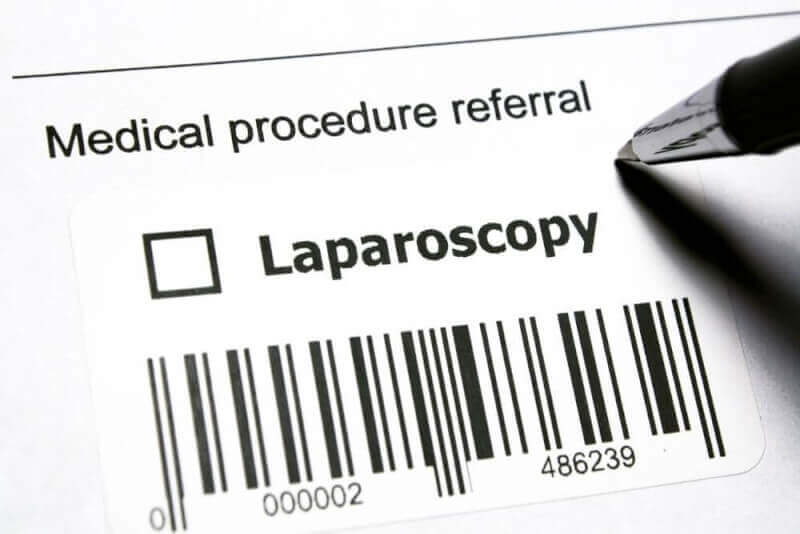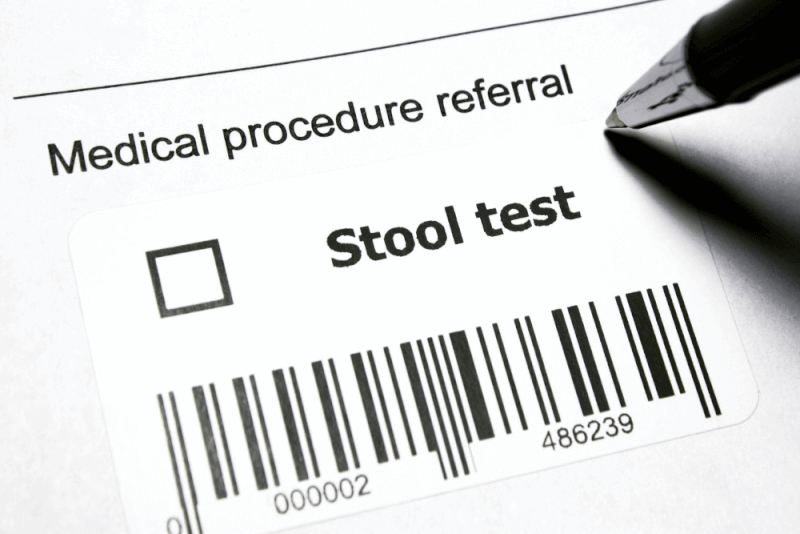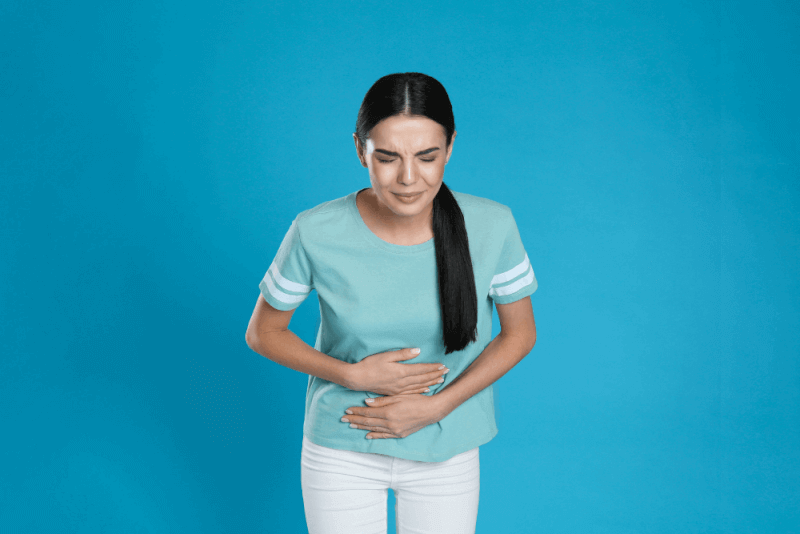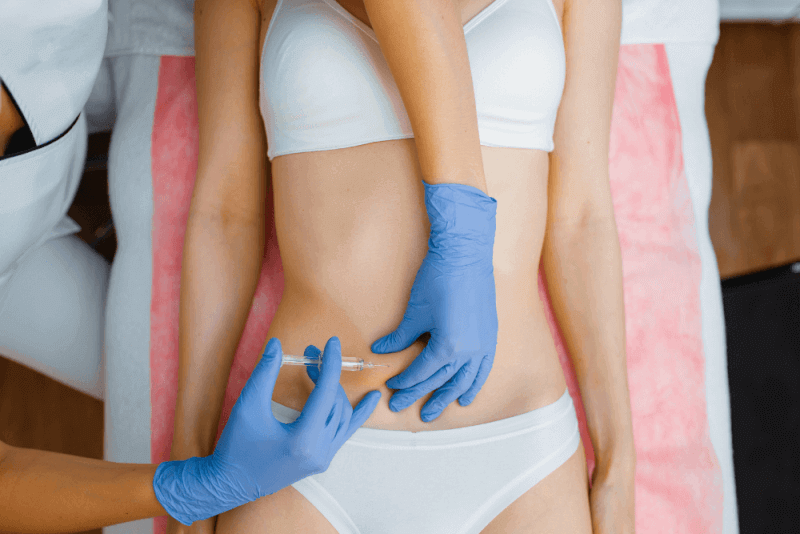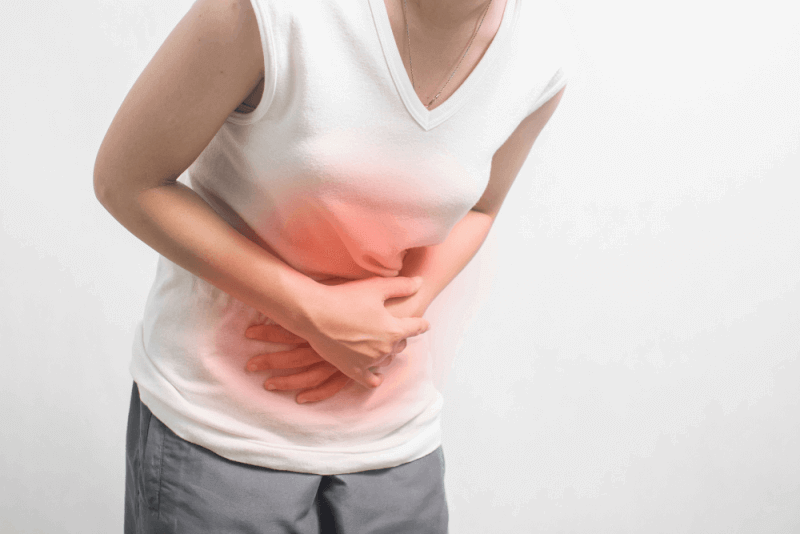What is laparoscopy?
Used to diagnose or treat a number of different diseases and conditions, laparoscopy is a medical procedure used to examine the inside of the abdomen or pelvic cavities. The biggest advantage of laparoscopy is that it requires only small incisions.
Laparoscopy examines the abdomen or pelvic cavity using a thin tube inserted through a small incision. The instruments used in this procedure are called laparoscopes. The laparoscope may contain a fiber optic camera or surgical equipment.
Reasons for laparoscopy
Many diseases can be diagnosed or treated with laparoscopy. Some of these health conditions include.
Infertility in women
With laparoscopy, problems such as scar tissue, endometriosis and fibroid tumors can be controlled. The uterus, fallopian tubes and ovaries can also be checked for any abnormalities.
Other problems of the female reproductive system
Some types of hysterectomy, including pelvic floor and vaginal prolapse, can also be performed using laparoscopic surgery.
Ectopic pregnancy
In an ectopic pregnancy, the embryo implants and grows in the fallopian tubes. If the developing embryo is not surgically removed, the fallopian tubes rupture. Laparoscopic surgery is used to prevent this.
Adhesives
Laparoscopy is used in the treatment of tight tissue in the pelvic cavity.
Urinary system diseases
With laparoscopy, it is possible to investigate and treat various kidney diseases, kidney cancer, ureteral obstructions, bladder disease and causes of urinary incontinence. In most cases, laparoscopy is used to both diagnose and treat these health problems.
Cancers of internal organs
Liver and pancreatic cancers can be diagnosed by laparoscopy. In addition, some colorectal cancers can be treated with laparoscopy surgery.
Fluid accumulation in the abdominal cavity
Laparoscopy helps to identify the cause of fluid accumulation in the abdominal cavity.
Other health problems
Other health problems where laparoscopy is used for diagnosis and treatment include the following.
- Removal of cysts, fibroids, stones and polyps
- Removal of small tumors
- Biopsy
- Urethral and vaginal reconstruction surgery
- Testicular correction surgery
- Rectal prolapse repair
- Hernia repair surgeries
- Esophageal anti-reflux surgeries
- Removal of the gallbladder
- Removal of appendicitis
- Bowel resection surgery
- Removal of the rectum
- Removal of the bladder
- Removal of the prostate
- Removal of the adrenal glands
- Kidney removal
- Removal of the spleen
- Transitional cell cancer treatment
- Whipple procedure for pancreatic cancer
- Removal of the stomach
- Liver resection
How is laparoscopy performed?
Although laparoscopy operations are closed-method operations, a preparation process is needed before the operation because it is performed under general anesthesia. In addition, it is important to take into account the special needs of patients during their recovery after the procedure.
How to prepare for laparoscopy surgeries?
Since a significant portion of laparoscopy surgeries are performed under general anesthesia, eating and drinking should be stopped approximately 8 hours before surgery. This requirement is recommended to prevent nausea due to anesthesia.
In addition, someone needs to be arranged to take the patient home after the operation. In addition, specific instructions may be given by physicians in advance depending on the specific requirements of the surgery. Before undergoing laparoscopy, a hospital gown is worn and tests are performed to determine whether the patient is in good health for the operation.
If everything is in order, an IV is started in the operating room to administer fluids and anesthesia. In addition, a throat breathing tube will be inserted to keep the airway open during anesthesia.
During the laparoscopy procedure
Laparoscopy surgery begins with a small incision near the belly button or pelvis. This incision is used to pump carbon dioxide gas into the abdominal or pelvic cavity. The instruments used in laparoscopic surgery use narrow surgical tubes called trocars, and then pass a gas tube through the trocar to inflate the abdominal or pelvic cavity with gas.
Carbon dioxide gas helps to separate the abdominal wall from the organs, making it easier to visualize them on the monitor. Once the required area is inflated, the gas tube is removed and the laparoscope is passed through the trocar. The laparoscope guides surgeons by projecting real-time images of the surgical site onto a video monitor. More incisions are then made to insert other surgical instruments.
Trocars and then surgical instruments are inserted into these incisions. In some laparoscopy operations, a drain can be placed in the cavity to drain out excess fluid. In some cases, the drainage needs to remain in the body even after surgery. After completion of the operation, all incisions are sutured. Gas is expelled from the body before suturing. The patient's vital signs must be stable before the breathing tube is removed.
After laparoscopy
After the laparoscopy surgery is finished, patients wait in the recovery room until they wake up. At this stage, painkillers may be given to relieve the pain caused by the surgery. There may also be severe gas pain due to the pumping of carbon dioxide gas.
Depending on the type of surgery and the body's response, the time of discharge will be determined. A significant proportion of patients are usually discharged on the same day.
Advantages of laparoscopic surgery
The main reason why the laparoscopic method is preferred more frequently than the open method is the advantages it provides to patients.
These advantages include the following;
- Less trauma to the abdominal wall
- Less use of pain medication
- Less blood loss
- Less wound pain during healing
- Reduced risk of bleeding
- Spending less time in the hospital
- Smaller scars
- Reduced risk of wound infection
Possible risks of laparoscopic surgery
Laparoscopy also involves some complications or risks due to its surgical nature. These include the following.
Trocar injuries
A trocar is an apparatus that is blindly placed before the placement of the camera. Therefore, there is a risk of injury during trocar placement.
Complications from this cause are rare but serious. These complications include the following.
- Blood vessel injuries
- Hernia at the entry site
- Intestinal injury
- Nerve injury
Complications of insufflation
Some patients may have an adverse reaction to the carbon dioxide gas used to inflate the abdominal cavity before laparoscopy. For this reason, patients are screened for cardiopulmonary status in preoperative tests.
Complications that can occur include the following;
- Hypothermia if cold gas is not preheated
- Hypercapnia, also called carbon dioxide retention
- Air trapped under the skin or in the chest cavity
- Collapse of the lungs
Risks of general surgery
Common risks seen in all surgical operations include the following.
- Wound infection
- Excessive bleeding
- Internal adhesions from scar tissue
- Allergic reaction to anesthesia
When is laparoscopy not recommended?
Although laparoscopic surgery has many advantages, it is not recommended in some cases.
These situations include the following;
- Previous surgery in the area that increases the likelihood of scarring and adhesions that may impede access or visibility of laparoscopic instruments
- Excessive body mass in the area where the operation will be performed (making laparoscope imaging difficult)
- In cases of widespread infection or bleeding, open operations are required to manage the emergency.
- The presence of cardiopulmonary conditions increases the risk of patients having an adverse reaction to carbon dioxide.
Abdominal swelling after laparoscopy
It is expected that patients will feel some discomfort after laparoscopy. Especially during surgery, patients may experience gas pain due to the fact that the carbon dioxide gas pumped into the operating area is not completely removed.
This pain is particularly severe in the shoulder region of patients. The main reason why gas pain is felt in the shoulder area is that the gas remaining in the body presses on the nerves going to the shoulder area.
Acetaminophen is prescribed to relieve gas pain for a few days after surgery. Taking a hot shower, using a heating pad and walking are among the methods that can help relieve the gas pain that may be felt in the abdomen, shoulders and chest area after surgery.
Laparoscopy ectopic pregnancy surgery
Laparoscopy can also be used in cases of ectopic pregnancy. In these surgeries performed under general anesthesia, an incision is made through the belly button. First, the pelvic area is examined and an ectopic pregnancy is detected.
It may be necessary to make 2 or 3 more incisions externally to terminate an ectopic pregnancy. Laparoscopy surgeries in the treatment of ectopic pregnancy are applied with 2 different methods. The choice of method is based on the damage to the affected fallopian tube. If there is too much damage or bleeding into the fallopian tubes, a salpingectomy is performed to remove the affected tube.
Salpingotomy is performed when the damage is minimal and the tube will remain intact. However, there is a small risk that pregnancy material may remain in the tube after this operation. For this reason, patients should be followed up after the operation.
Recovery after laparoscopy
Patients are usually discharged the same day after laparoscopy surgery. However, full recovery takes approximately 2 to 3 weeks.
During this time, wound pain can be expected in small incisions. These pains can be managed with painkillers in a short time.
What should be considered after laparoscopy?
Since general anesthesia is usually applied in laparoscopy procedures, it is possible for patients to feel sleepy for the first 24 hours after surgery. They must not drive or drink alcohol during this period.
In addition, among the points that patients should pay attention to are the following;
- Usually 5 days after surgery. stitches or staples need to be removed on the day.
- You can take a shower 24 hours after surgery.
- When taking a shower, the dressing covering the seams should be removed
- After surgery, the prescribed medications must be used regularly
- Patients should be as mobile as possible after surgery. This reduces the risk of clot formation.
- To reduce the risk, the ankle should be moved and the legs should be bent and extended at the knees while resting.
- If deemed necessary by the doctors, graduated compression stockings may need to be worn day and night until mobility improves to reduce the risk of clotting.
- A high-fiber, healthy and balanced diet should be adopted during the healing process.
- Smoking should be stopped.
- Pay attention to the signs of infection.
- It is useful for patients to take light walks after surgery. They should wait two to three weeks to start light exercises. They need to wait 4-6 weeks to reach their previous activity levels
- If laparoscopy is performed on women, they can have sex after 4-6 weeks.
- Although it varies between patients, you can usually return to work within 2-4 weeks.
Vaginal bleeding after laparoscopy
Vaginal bleeding is expected in the first month after laparoscopy. A significant proportion of patients do not have a normal menstrual cycle for 4 to 6 weeks after surgery.
When the normal menstrual cycle returns, there may be more bleeding and more discomfort than usual. It needs to be waited for 2 to 3 menstrual cycles to determine whether it helps to alleviate the symptoms.


